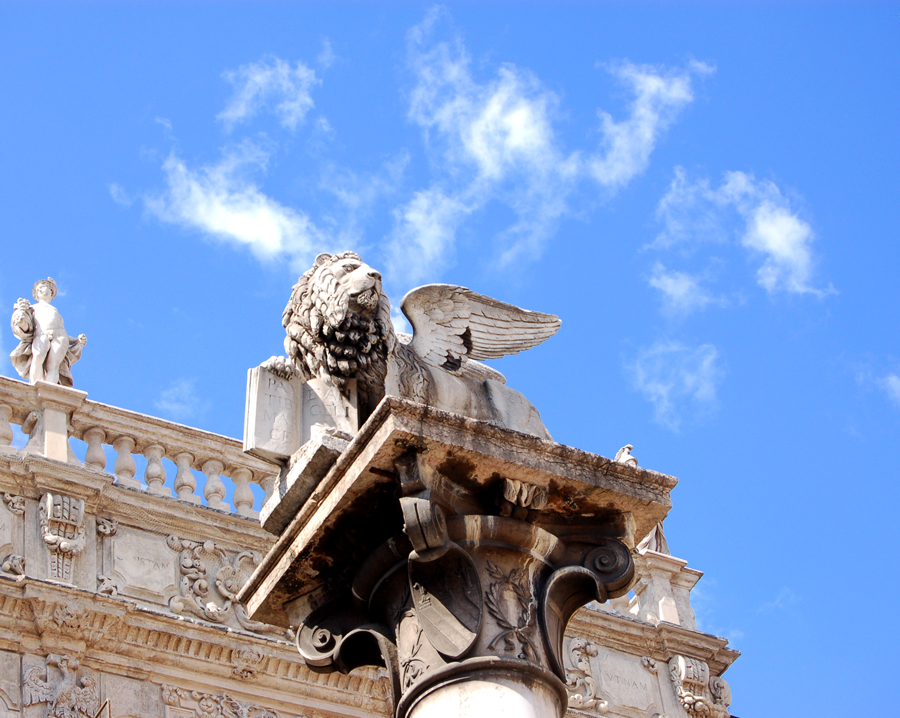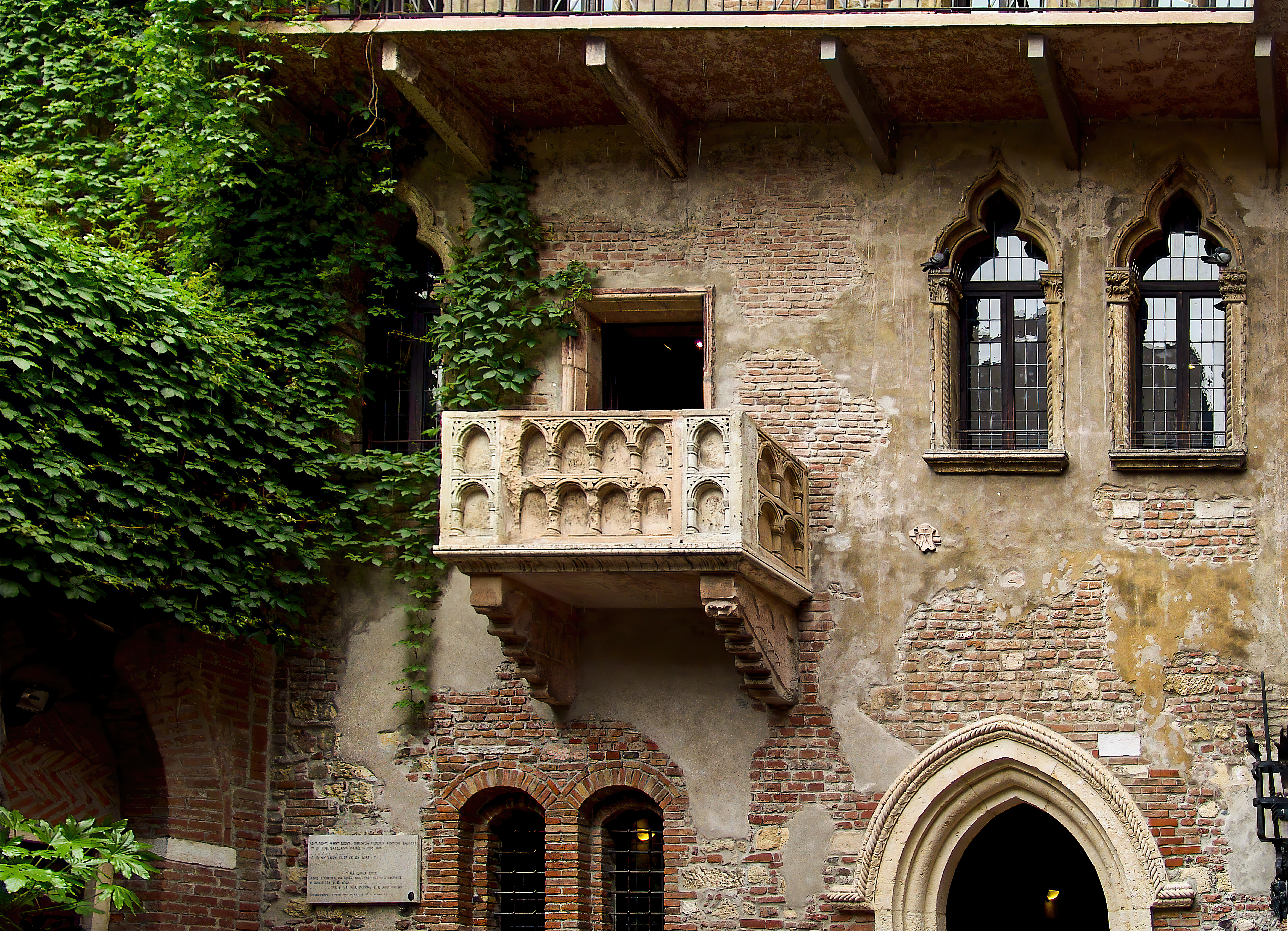|
Rosegaferro
Rosegaferro is a town in the Veneto, in northeast Italy. It is a ''frazione'' of the ''comune'' of Villafranca di Verona, in the province of Verona The province of Verona (Italian: ''provincia di Verona'') is a province of the Veneto region in Italy. On its northwestern border, Lake Garda—Italy's largest—is divided between Verona and the provinces of Brescia (Lombardy region) and Trentin .... It has a population of around 1300. History The parish church was constructed in 1754 and was widened to a Latin Cross architecture in 1952. Notes and references Frazioni of the Province of Verona Cities and towns in Veneto {{Veneto-geo-stub ... [...More Info...] [...Related Items...] OR: [Wikipedia] [Google] [Baidu] |
Villafranca Di Verona
Villafranca di Verona is a town and ''comune'' in the province of Verona in the Veneto, Northern Italy. History The position on the ancient Via Postumia and the perpendicular intersection structure of its roads suggests that the city had Roman origins. In the Middle Ages, in occasion of the foundation of the Rectors' Council of Verona, on March 9, 1185, it received the privilege of a tax free town, from which derived the name of Vilafranca (medieval town), ''villa franca''. It was the site of the signature of the Treaty of Villafranca, between Napoleon III and the Austrian army, which concluded the Second Italian Independence War. Nearby was the site of the Battle of Custoza (1866), Battle of Custoza, during the Third War of Italian Independence. Main sights *Castle, built from 1199. One of its towers has stones coming from an arch entitled to the Roman emperor Tiberius. The castle was destroyed several times, but was rebuilt by the Republic of Venice, until it was abandoned ... [...More Info...] [...Related Items...] OR: [Wikipedia] [Google] [Baidu] |
Verona Posizione
Verona ( ; ; or ) is a city on the River Adige in Veneto, Italy, with 255,131 inhabitants. It is one of the seven provincial capitals of the region, and is the largest city municipality in the region and in northeastern Italy. The metropolitan area of Verona covers an area of and has a population of 714,310 inhabitants. It is one of the main tourist destinations in Northern Italy because of its artistic heritage and several annual fairs and shows as well as the opera season in the Arena, an ancient Roman amphitheater. Between the 13th and 14th centuries, the city was ruled by the della Scala family. Under the rule of the family, in particular of Cangrande I della Scala, the city experienced great prosperity, becoming rich and powerful and being surrounded by new walls. The della Scala era is preserved in numerous monuments around Verona. Two of William Shakespeare's plays are set in Verona: ''Romeo and Juliet'' (which also features Romeo's visit to Mantua) and ''The Two G ... [...More Info...] [...Related Items...] OR: [Wikipedia] [Google] [Baidu] |
Veneto
Veneto, officially the Region of Veneto, is one of the 20 regions of Italy, located in the Northeast Italy, north-east of the country. It is the fourth most populous region in Italy, with a population of 4,851,851 as of 2025. Venice is the region's capital while Verona is the largest city. Veneto was part of the Roman Empire until the 5th century AD. Later, after a Feudalism, feudal period, it was part of the Republic of Venice until 1797. Venice ruled for centuries over one of the largest and richest maritime republics and trade empires in the world. After the Napoleonic Wars and the Congress of Vienna, the Venetian Province, former Republic was combined with Lombardy and re-annexed to the Austrian Empire as the Kingdom of Lombardy–Venetia, until that was Italian unification, merged with the Kingdom of Italy in 1866, as a result of the Third Italian War of Independence and of a Plebiscite of Veneto of 1866, plebiscite. Besides Italian language, Italian, most inhabitan ... [...More Info...] [...Related Items...] OR: [Wikipedia] [Google] [Baidu] |
Italy
Italy, officially the Italian Republic, is a country in Southern Europe, Southern and Western Europe, Western Europe. It consists of Italian Peninsula, a peninsula that extends into the Mediterranean Sea, with the Alps on its northern land border, as well as List of islands of Italy, nearly 800 islands, notably Sicily and Sardinia. Italy shares land borders with France to the west; Switzerland and Austria to the north; Slovenia to the east; and the two enclaves of Vatican City and San Marino. It is the List of European countries by area, tenth-largest country in Europe by area, covering , and the third-most populous member state of the European Union, with nearly 59 million inhabitants. Italy's capital and List of cities in Italy, largest city is Rome; other major cities include Milan, Naples, Turin, Palermo, Bologna, Florence, Genoa, and Venice. The history of Italy goes back to numerous List of ancient peoples of Italy, Italic peoples—notably including the ancient Romans, ... [...More Info...] [...Related Items...] OR: [Wikipedia] [Google] [Baidu] |
Frazione
A ''frazione'' (: ''frazioni'') is a type of subdivision of a ''comune'' ('municipality') in Italy, often a small village or hamlet outside the main town. Most ''frazioni'' were created during the Fascist era (1922–1943) as a way to consolidate territorial subdivisions in the country. In the autonomous region of the Aosta Valley, a ''frazione'' is officially called ''hameau'' in French. In South Tyrol, a ''frazione'' is called ''Fraktion'' in German and ''frazion'' in Ladin. Description The term ''frazioni'' refers to the villages or hamlets that often make up a ''comune'' in rural Italian areas. Subdivision of a ''comune'' is optional; some ''comuni'' have no ''frazioni'', but others have several dozen. The ''comune'' usually has the same name of the '' capoluogo'', but not always, in which case it is called a ''comune sparso''. In practice, most ''frazioni'' are small villages or hamlets, occasionally just a clump of houses. Not every hamlet is classified as a ''frazione ... [...More Info...] [...Related Items...] OR: [Wikipedia] [Google] [Baidu] |
Comune
A (; : , ) is an administrative division of Italy, roughly equivalent to a township or municipality. It is the third-level administrative division of Italy, after regions () and provinces (). The can also have the City status in Italy, title of (). Formed according to the principles consolidated in Medieval commune, medieval municipalities, the is provided for by article 114 of the Constitution of Italy. It can be divided into , which in turn may have limited power due to special elective assemblies. In the autonomous region of the Aosta Valley, a is officially called a in French. Overview The provides essential public services: Civil registry, registry of births and deaths, registry of deeds, and maintenance of local roads and public works. Many have a (), which is responsible for public order duties. The also deal with the definition and compliance with the (), a document that regulates the building activity within the communal area. All communal structures ... [...More Info...] [...Related Items...] OR: [Wikipedia] [Google] [Baidu] |
Province Of Verona
The province of Verona (Italian: ''provincia di Verona'') is a province of the Veneto region in Italy. On its northwestern border, Lake Garda—Italy's largest—is divided between Verona and the provinces of Brescia (Lombardy region) and Trentino (Trentino-Alto Adige/Südtirol region). Its capital is the city of Verona. The city is a UNESCO World Heritage Site. The province is cosmopolitan in nature. It is bordered by Italian Tyrol in the north, province of Vicenza and province of Padua in the east, province of Rovigo and province of Mantua in the south, and Lake Garda in the west. From north to south the maximum extent of the province is 50 miles while it is 25 miles from east to west. Overview The province has an area of and a total population of about 0.9 million. There are 98 ''comuni'' (: ''comune'') in the province. Important ''comuni'' include Bovolone, Bonavigo, Bussolengo, Cerea, Isola della Scala, Legnago, Negrar di Valpolicella, Peschiera del Garda, San ... [...More Info...] [...Related Items...] OR: [Wikipedia] [Google] [Baidu] |
Frazioni Of The Province Of Verona
A ''frazione'' (: ''frazioni'') is a type of subdivision of a ''comune'' ('municipality') in Italy, often a small village or hamlet outside the main town. Most ''frazioni'' were created during the Fascist era (1922–1943) as a way to consolidate territorial subdivisions in the country. In the autonomous region of the Aosta Valley, a ''frazione'' is officially called ''hameau'' in French. In South Tyrol, a ''frazione'' is called ''Fraktion'' in German and ''frazion'' in Ladin. Description The term ''frazioni'' refers to the villages or hamlets that often make up a ''comune'' in rural Italian areas. Subdivision of a ''comune'' is optional; some ''comuni'' have no ''frazioni'', but others have several dozen. The ''comune'' usually has the same name of the '' capoluogo'', but not always, in which case it is called a ''comune sparso''. In practice, most ''frazioni'' are small villages or hamlets, occasionally just a clump of houses. Not every hamlet is classified as a ''frazione ... [...More Info...] [...Related Items...] OR: [Wikipedia] [Google] [Baidu] |



